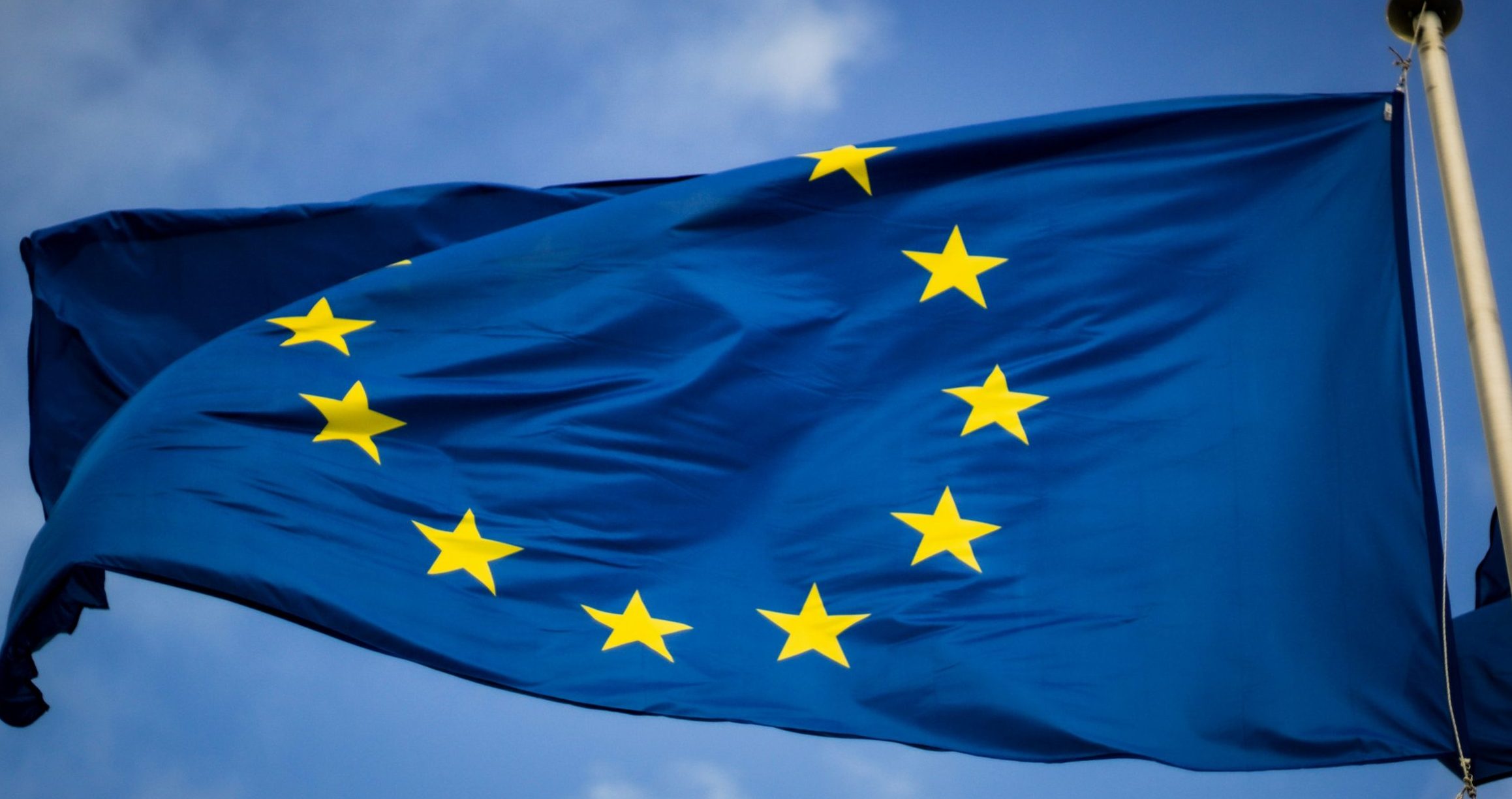In today’s fast-paced shopping culture, it’s easy to focus on price, design, or brand name — and overlook one of the most important details: where the product was actually made. Yet, the origin of a product says a lot about its quality, environmental impact, and the conditions under which it was produced.
Many consumers assume that buying from a European brand means buying an EU-made product — but that’s not always the case. More and more brands are outsourcing manufacturing to countries with lower costs and weaker labor or environmental protections, while still marketing themselves as European. That’s why it’s essential to go beyond the logo and check the label.
Being aware of where your products come from isn’t just about ethics — it’s also about making informed, responsible choices that support sustainability, fair labor, and local economies. In this article, we’ll show you how to identify where a product was made and why buying products made in the EU really matters.
Why Product Origin Should Matter to You
1. Product Quality Starts at the Source
Manufacturing standards vary dramatically across the globe. Products made in the European Union are subject to strict regulations on materials, safety, and performance — so you’re often getting a more durable, trustworthy item.
2. Ethical Production Practices
When you choose an EU-made product, you’re more likely supporting factories that provide fair wages, safe working conditions, and workers’ rights. Many non-EU manufacturing hubs cannot guarantee the same labor protections.
3. Environmental Considerations
The EU has some of the highest environmental protection laws in the world. Buying EU-made helps reduce your carbon footprint by shortening shipping distances and supporting manufacturers that must meet sustainability standards.
4. Transparency and Accountability
Products made in the EU are typically easier to trace. If a problem arises, it’s more likely that the manufacturer can be held accountable, thanks to stricter legal frameworks.
How to Tell Where a Product Is Really Made
Even when you care, finding this information can be frustrating. Many products hide or obscure their true origins — especially if they’re made outside the EU. Here’s how to uncover the truth:
✅ Look for “Made in [Country]” Labels
This is usually printed on the product itself, the tag, or the packaging. For clothing, check inner tags; for electronics or household items, look on the back or bottom. Be thorough — sometimes it’s printed in very small type.
⚠️ Don’t assume a European brand means European production. A brand registered in France, Germany, or Italy might manufacture in China, Bangladesh, or Turkey to cut costs — and legally still call itself a European brand.
🔍 Ignore Branding Tricks
Packaging can be deceptive. A product might use European imagery, colors, or place names to give an impression of origin that isn’t accurate. The only reliable clue is the label saying exactly where it was made.
🧪 Don’t Rely on Barcodes Alone
Some people believe barcode prefixes indicate where a product is made, but they actually show where the company is registered — not where the item was produced. It’s not a foolproof method.
📱 Research the Brand Online
If the label isn’t clear, check the brand’s official website — sometimes they list country of origin in the FAQ or product specs. If not, that could be a red flag in itself.
🗣 Ask in Store
Don’t be shy to ask sales staff if they know where the product was manufactured. Responsible retailers often highlight EU-made products and will be happy to help.
The Takeaway: Awareness Is Your Best Tool
Being a more conscious shopper doesn’t mean overthinking every purchase — it means being mindful of what’s behind the product. Check the origin, read the fine print, and don’t fall for surface-level branding.
The more consumers demand transparency and support EU-made goods, the more pressure brands will feel to bring production closer to home — where standards, accountability, and sustainability matter.




